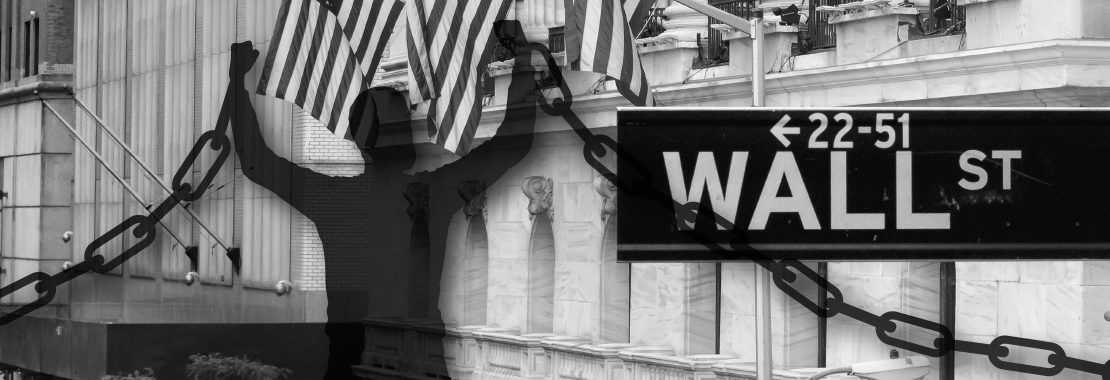Author: Parnella Baul, Associate Professor of Accounting, Monroe County Community College
American capitalism’s foundation is slavery. Many Americans are unaware of the role Wall Street played in the slave trade, and that enslaved people built the wall for which Wall Street was named. Ironically, enslaved people built the wall to protect Dutch settlers from the raids of the indigenous people of the country.
How Wall Street Started
In 1711, New York City officials decreed that all “Negro and Indian slaves that are let out to hire…be hired at the Market house at the Wall Street Slip” (Miles, 2019). Even before Wall Street became a financial district, it was the first slave market in New York.
US banks funded the operation and expansion of slave-run plantations using enslaved people as collateral for mortgages. This essentially made them human commodities. Just before the Civil War, nearly 4 million slaves, with an estimated market value of between $3.1 and $3.6 billion, lived in the US (Bourne, 2008).
A History of Profiting
Major corporations profited from slavery, through ownership acquired as collateral on defaulted loans, as well as the rental of enslaved people from slave masters.
Many insurance companies profited from the sale of slave insurance policies that covered enslaved people from the journey to America, and while enslaved in the US. The 1807 act prohibiting the importation of slaves made existing slaves more valuable; this resulted in a significant increase in the sale of slave insurance policies. Slave owners were compensated if their slaves escaped, were injured or killed.
The System After Abolishment
Is there a case to be made for reparations? Consider this: in 1862, President Abraham Lincoln signed a bill ending slavery and providing emancipation compensation to slave owners in the District of Columbia.
Slave owners received on average $300 for every freed slave, equivalent to $7,657.34 today. The enslaved people received nothing—nothing they could build upon or pass down to their descendants.
“The bodies of the enslaved served as America’s largest financial asset, and they were forced to maintain America’s most exported commodity. The profits from cotton propelled the US into a position as one of the leading economies in the world” (Lockhart, 2019).
Although slavery was abolished in 1865, African people were systematically forced to work against their will through peonage, convict leasing and chain gangs. Leased convicts represented cheap, disposable labor and many were literally worked to death. This practice persisted until the 1940s. Interestingly, while the Thirteenth Amendment to the Constitution eradicated slavery, it excludes persons charged with a crime.
So, how can the descendants of the enslaved be compensated or made whole?
Activities to further your classroom discussion:
- View The Slave Auction for a better understanding of the impact on enslaved people
- Watch and discuss this 1619 Project interview with the Nikole Hannah-Jones discussing the legacy of slavery in America
- Ask students to read up on other companies that profited from the slave trade and discuss possible ways these companies can compensate the descendants of enslaved people
- Read and discuss the topic and policy: “Why We Need Reparations for Black Americans”
- Search the New York Slavery Records Index for enslaved persons and slave holders
References
Jenny Bourne, edited by Robert Whaples, “Slavery in the United States,” EH.Net Encyclopedia, March 26, 2008.
PR Lockhart. “How Slavery Became America’s First Big Business,” Vox, August 16, 2019.
Miles, T., “Municipal Bonds: How Slavery Built Wall Street,” 1619 Project, p. 40., August 18, 2019.

